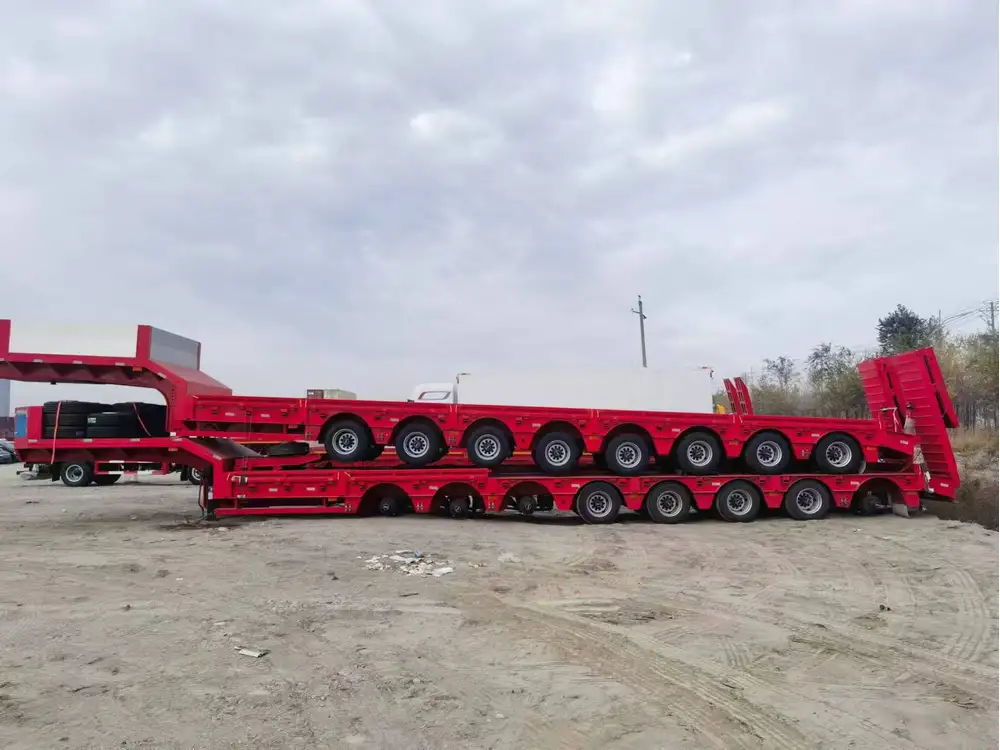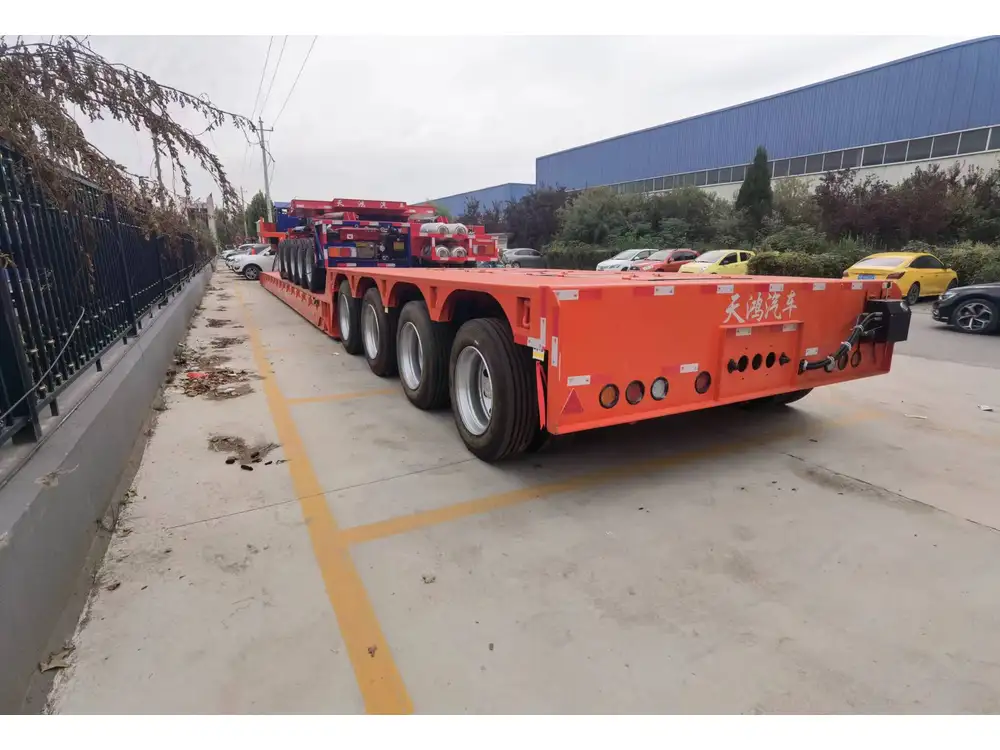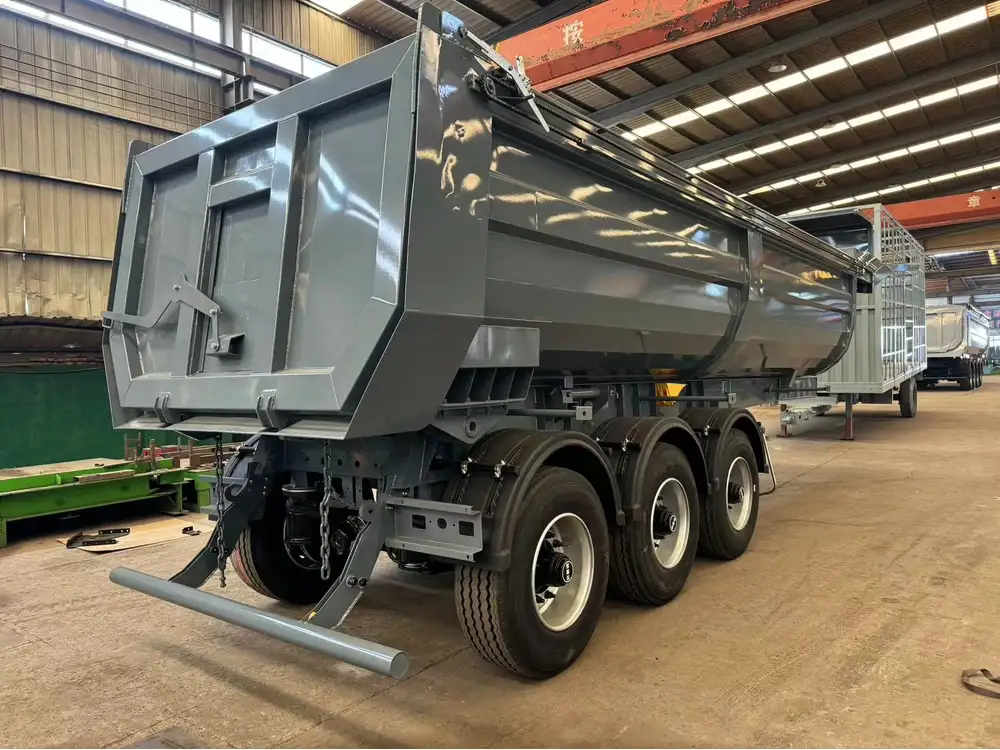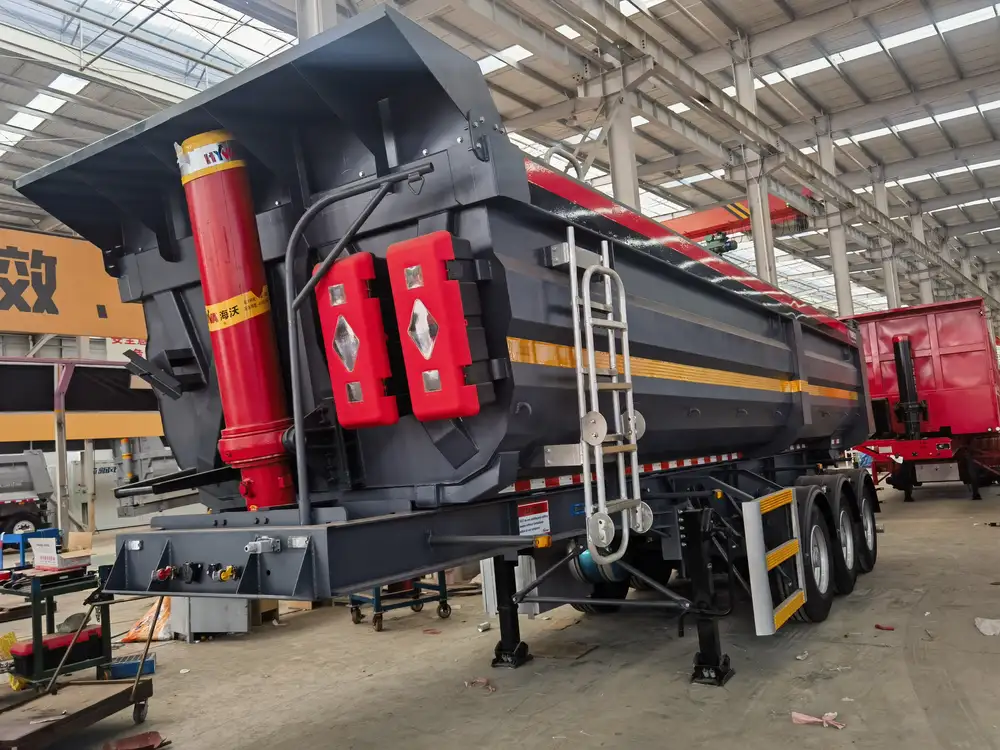Understanding Trailer Air Tanks
At the heart of many semi-trailer braking systems, trailer air tanks serve a critical purpose that often goes unnoticed. These reservoir tanks store compressed air, ensuring that air brakes operate efficiently when vehicles are in motion or during a stop. As manufacturers of semi-trailers, understanding the nuances of trailer air tanks can translate into better product development, improved safety features, and enhanced customer satisfaction.
Key Functions of Trailer Air Tanks
Trailer air tanks are designed with several crucial functions in mind:
- Air Storage: They store sufficient compressed air to enable rapid brake application when needed.
- System Pressure Maintenance: They help in maintaining appropriate pressure levels in the braking system, preventing potential brake failure.
- Moisture Trapping: Tanks are often integrated with moisture traps to avoid water from entering the braking mechanism, compromising performance.
| Function | Description |
|---|---|
| Air Storage | Acts as a reservoir of compressed air for quick brake application. |
| Pressure Maintenance | Ensures consistent air pressure within the braking system. |
| Moisture Trapping | Prevents water contamination, promoting longevity of braking components. |

Anatomy of a Trailer Air Tank
Understanding the components that make up a trailer air tank can provide insight into its functionality and maintenance needs.
1. Tank Materials
- Steel: Commonly used due to its strength and resistance to deformation.
- Aluminum: Lightweight alternative which is resistant to rust but may be less durable in high-stress situations.
2. Tank Designs
- Vertical Tanks: Occupies less ground space, suitable for compact setups.
- Horizontal Tanks: Often preferred for better accessibility and ease of moisture drainage.

3. Pressure Relief Valves
- Safety features that prevent excessive pressure buildup, avoiding catastrophic tank failure.
4. Moisture Traps
- Integrated separators or filters that remove condensation before it reaches the braking system.
Maintenance Recommendations
Implementing a well-structured maintenance strategy is crucial not only for prolonging the life of trailer air tanks but also for ensuring the safety of the semi-trailer as a whole.
- Regular Inspections: Monthly checks can help identify rust, damage, or leaks.
- Pressure Tests: Conduct pressure tests quarterly to ensure there are no weaknesses in the tank structure.
- Drain Water: Daily drainage of moisture traps is vital to prevent corrosion inside the tank.

Common Issues with Trailer Air Tanks and Their Solutions
Understanding potential problems and their solutions can greatly improve the maintenance practices for trailer owners.
1. Corrosion
- Problem: Over time, moisture and road debris can lead to rust.
- Solution: Implement regular inspections and utilize protective coatings to enhance lifespan.
2. Pressure Loss
- Problem: A compromised tank could lead to a drop in air pressure, resulting in brake inefficiency.
- Solution: Regularly check all fittings, connections, and valves to ensure they are in optimal functional condition.

3. Moisture Buildup
- Problem: Water accumulation in the tank can corrode internal components.
- Solution: Use moisture separators and ensure the effective functioning of drain valves.
Comparison of Common Trailer Air Tank Materials
| Material | Durability | Weight | Cost | Common Use Cases |
|---|---|---|---|---|
| Steel | High | Heavy | Low | Heavy-duty applications, long hauls |
| Aluminum | Moderate | Light | Moderate | Lightweight trailers, efficiency-focused operations |
Improving Air Tank Efficiency
To enhance the performance of trailer air tanks, certain adjustments and advances can be made.

1. Optimize Tank Size
Choosing the appropriate tank size for specific trailer applications is crucial. Using tanks that meet or slightly exceed air demand can prevent pressure dips during extensive braking sequences.
2. Enhance Ventilation
Incorporating additional ventilation can aid in moisture management, thus prolonging tank life.
| Method | Description |
|---|---|
| Increased Drainage | Providing more efficient drainage mechanisms can help eliminate moisture. |
| Insulation | Adding insulating materials can help maintain optimal temperature and reduce condensation. |
Legal Compliance and Safety Standards
Every manufacturer must comply with safety regulations and standards set forth by authorities such as the Department of Transportation (DOT) and the National Highway Traffic Safety Administration (NHTSA).

Guidelines for Compliance
- Material Standards: Ensure that tank materials adhere to the ASTM standards.
- Pressure Rating: Tanks must have a minimum burst pressure rating specified by safety standards.
- Tagging and Identification: Properly tag air tanks to identify pressure ratings, serial numbers, and manufacturing details.
Future Trends in Trailer Air Tank Technology
The advent of technology promises to bring innovations in trailer air tank designs, focusing on efficiency and sustainability.
1. Advanced Materials
- The use of composite materials could lead to a significant decrease in weight while enhancing strength.

2. Smart Monitoring Systems
- Future tanks may integrate IoT technology, offering real-time monitoring of pressure, moisture levels, and more.
3. Eco-Friendly Solutions
- Manufacturers are increasingly exploring biodegradable materials or sustainable processes to reduce environmental impact.
Conclusion
Successfully managing air tank systems in semi-trailers goes beyond mere installation. It encompasses an understanding of their functioning, maintenance, compliance, efficiency improvements, and the adoption of emerging technologies.
As manufacturers of semi-trailers, staying ahead of the curve in trailer air tank design and technology not only fortifies our offerings but also ensures our commitment to safety and reliability in the transportation industry. By incorporating the aforementioned best practices, operators and manufacturers alike can work toward a safer, more efficient future on the road.



